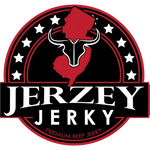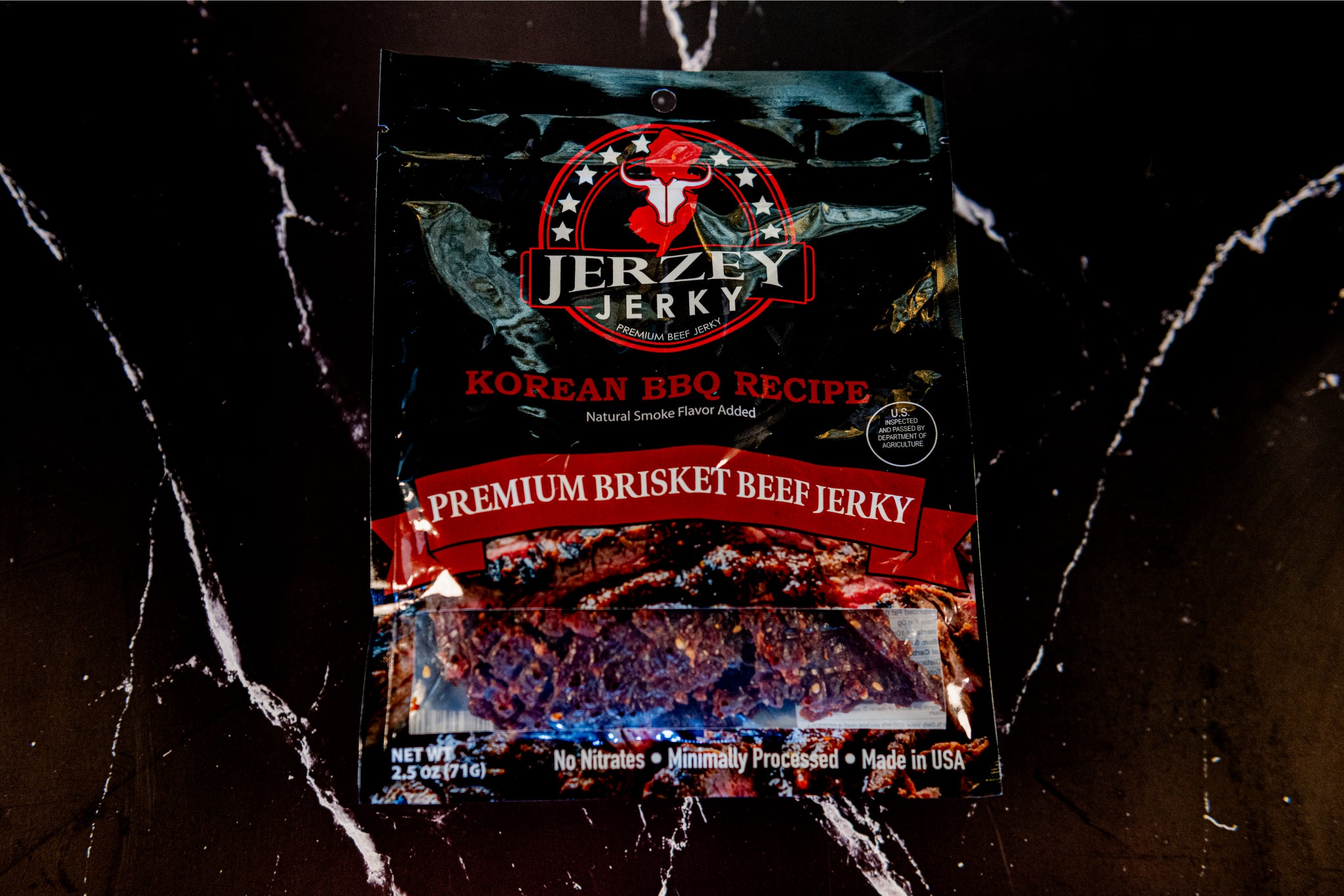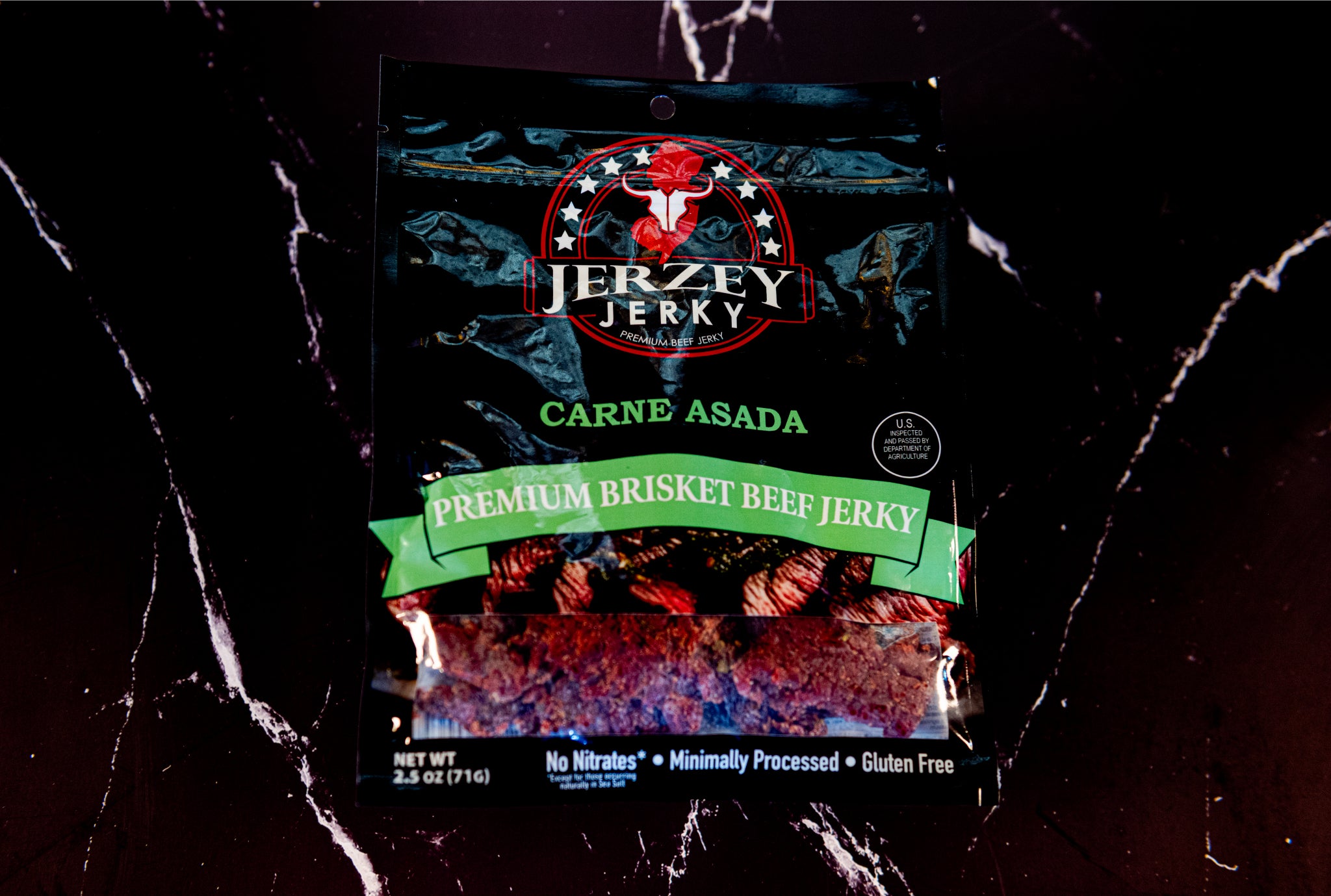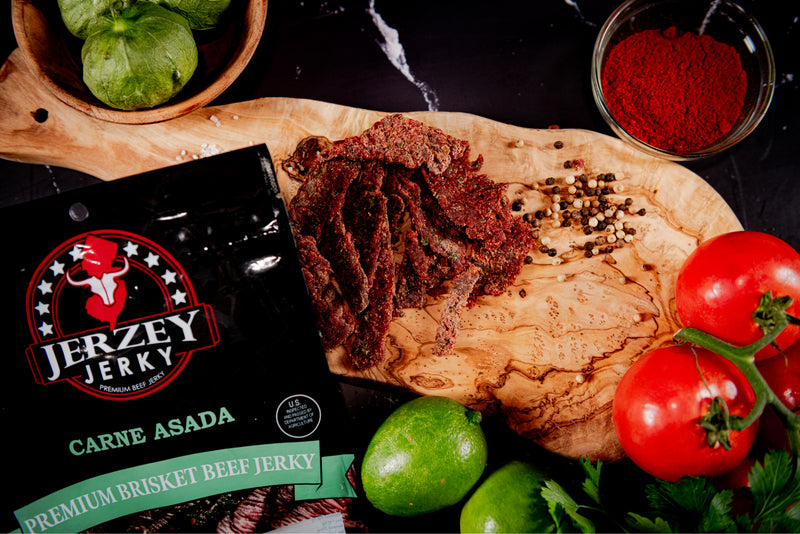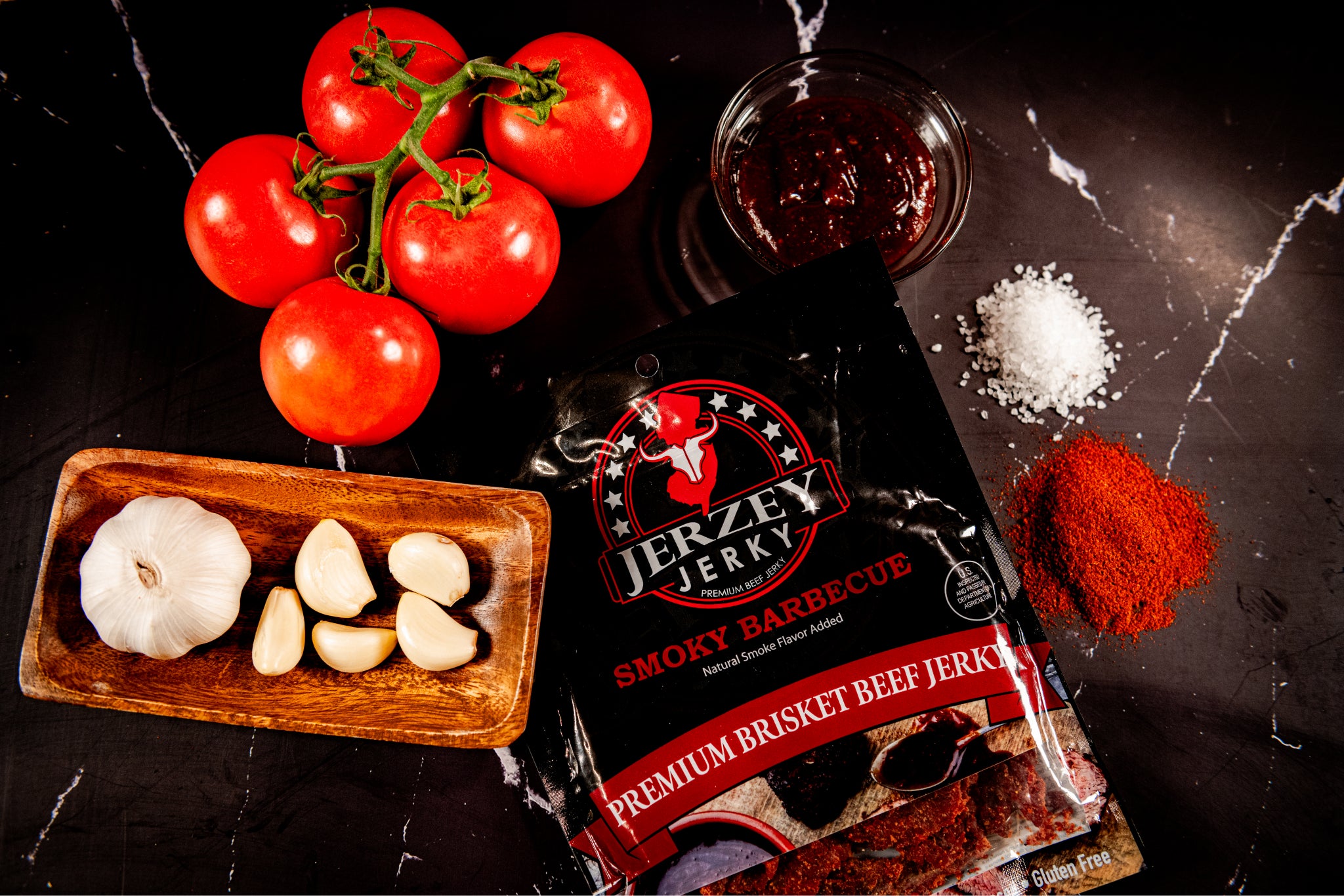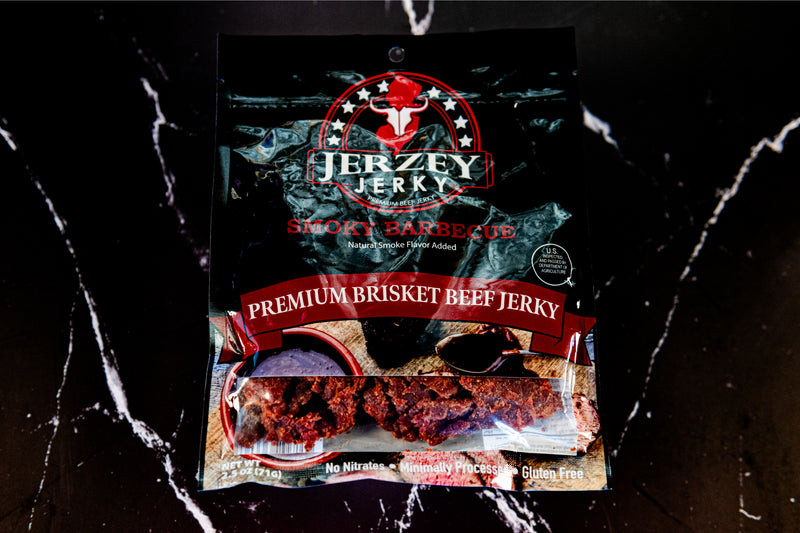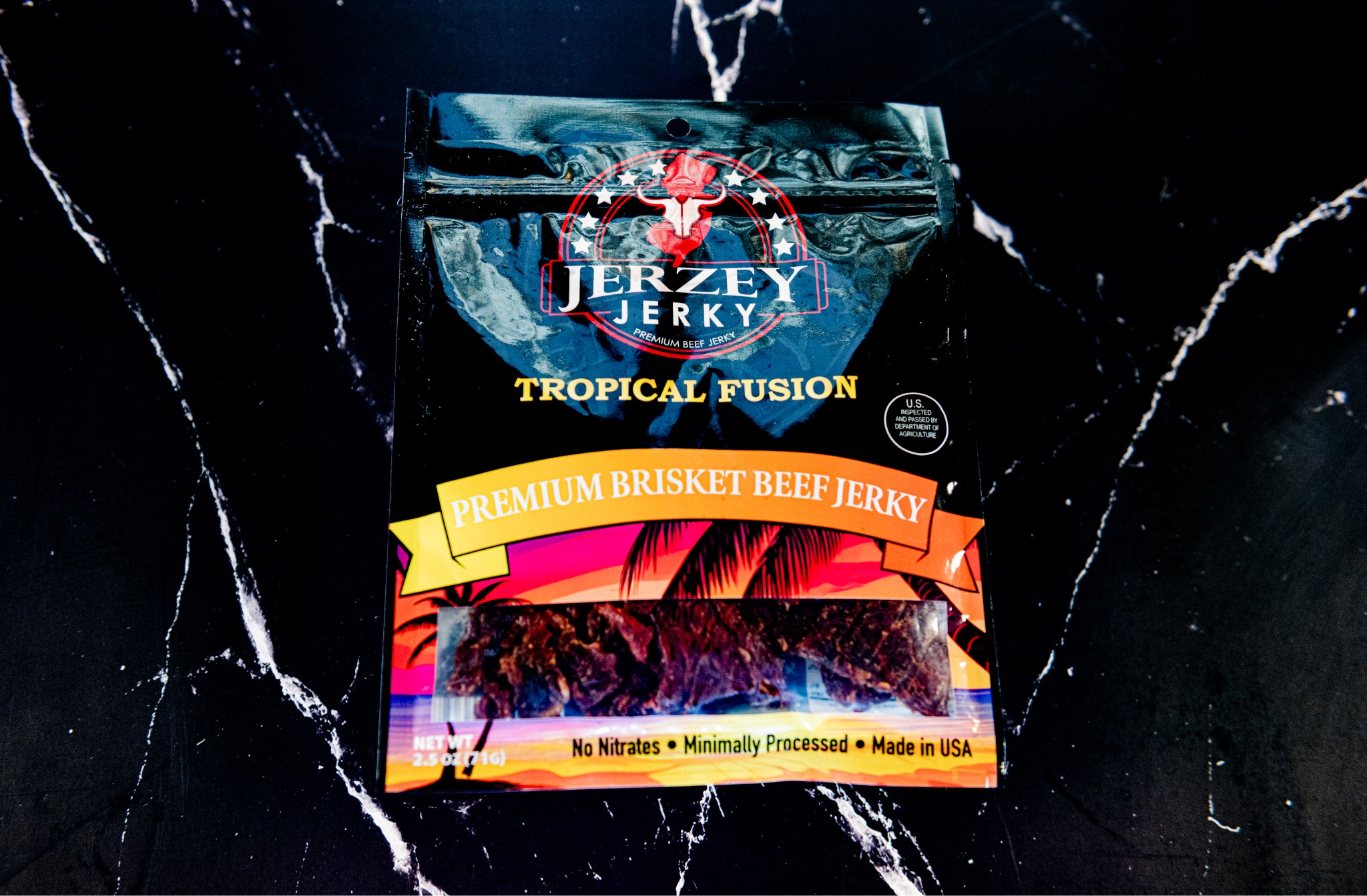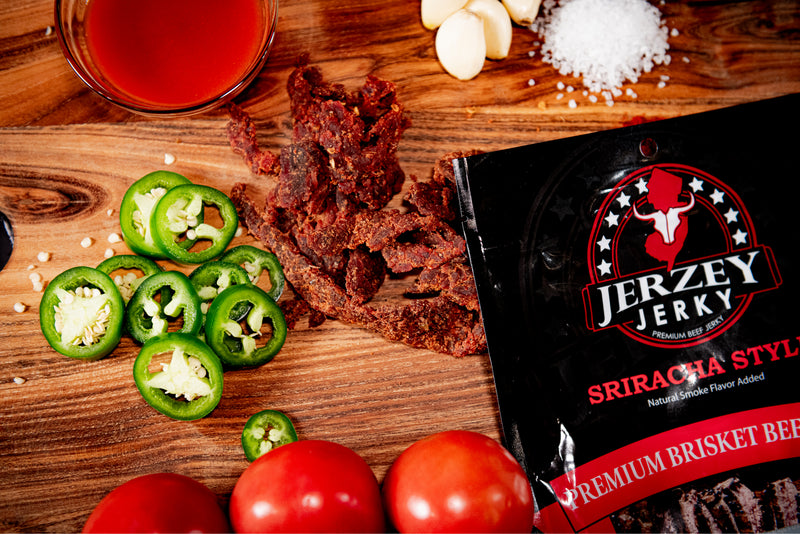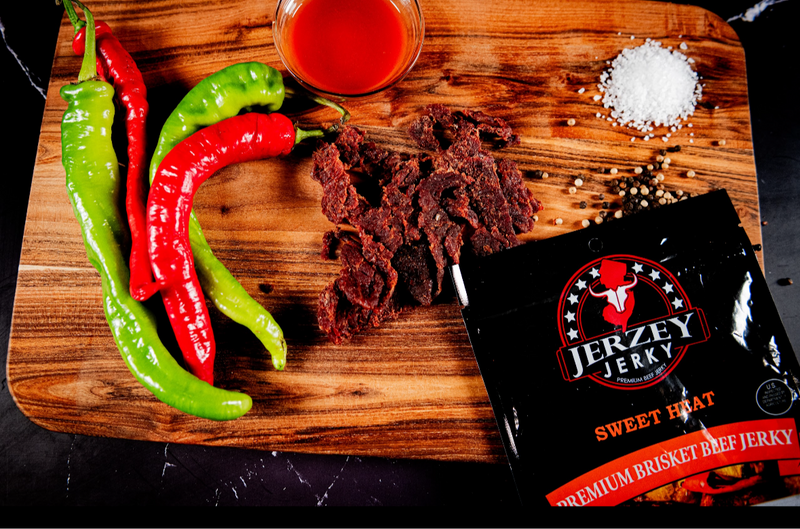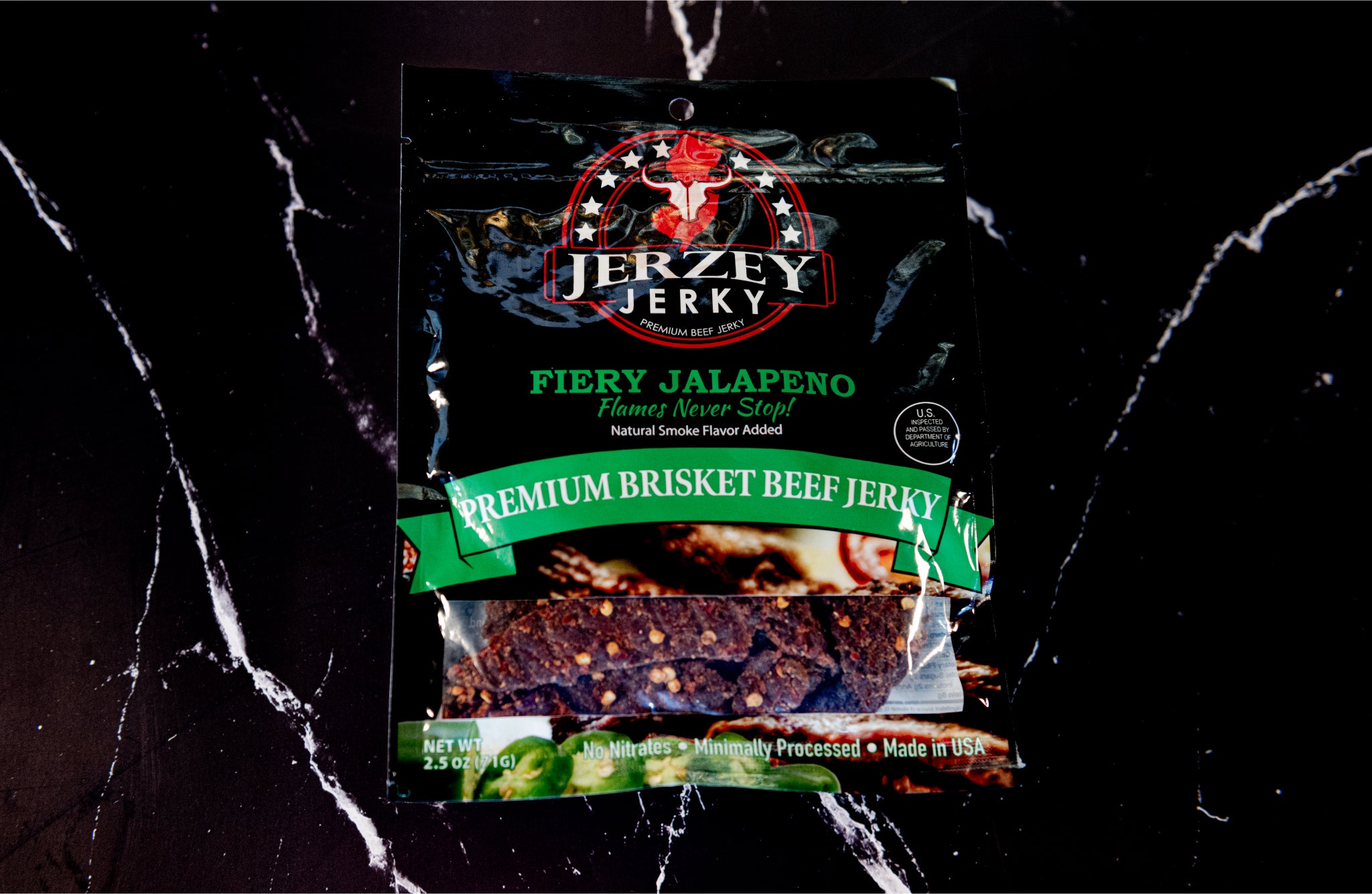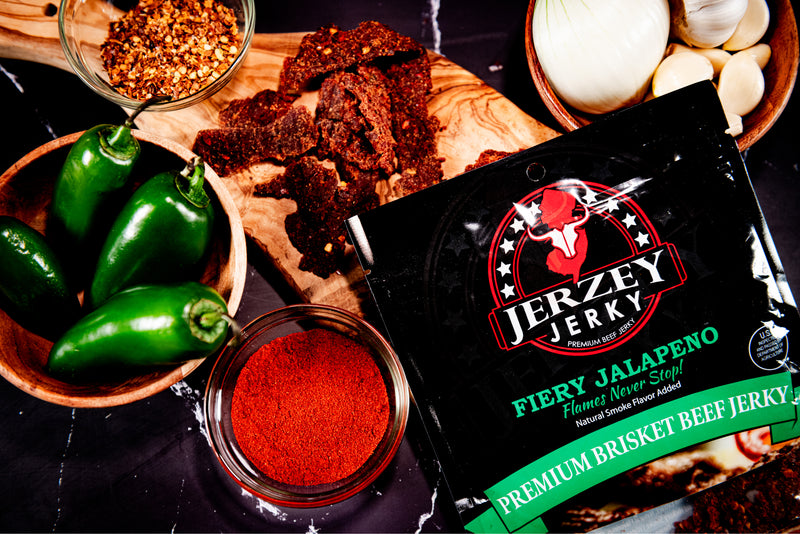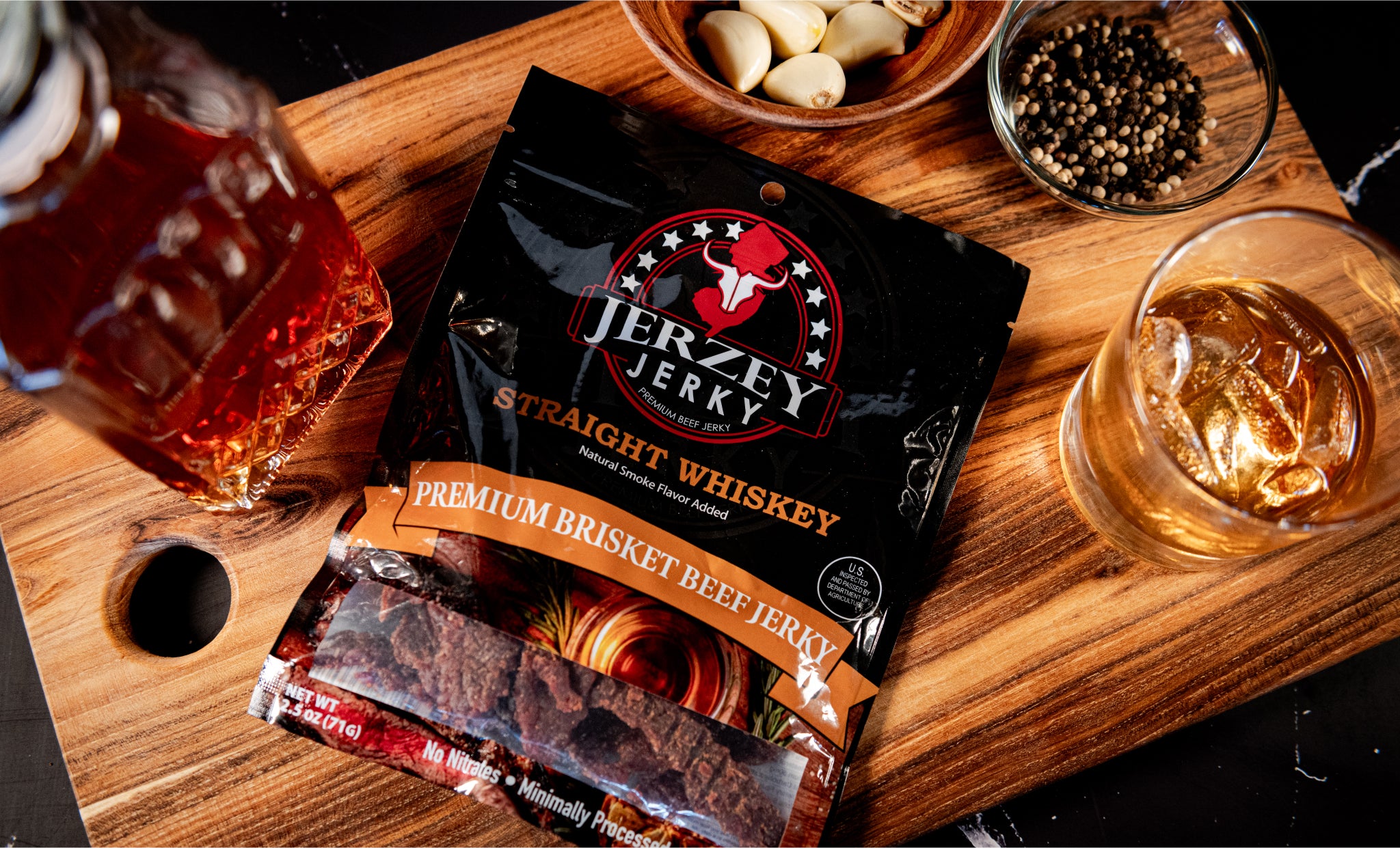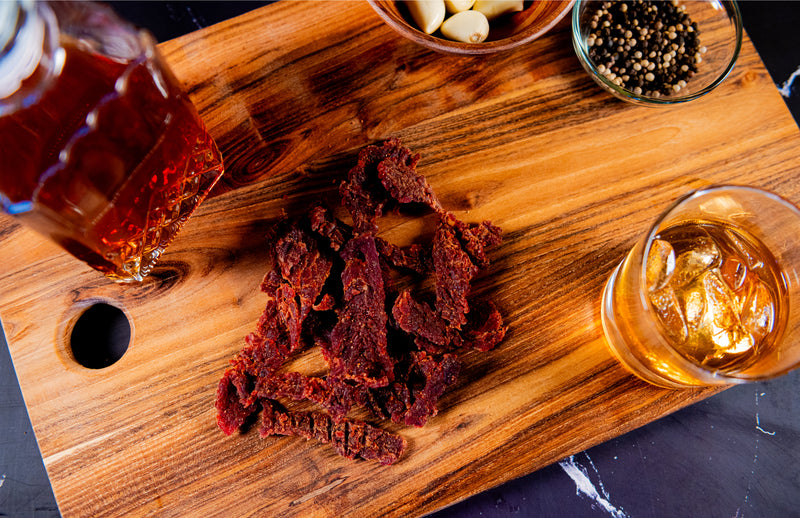
Antibiotic-Free Beef: Characteristics, Identification, and Nutritional Value
Antibiotic-free beef is obtained from cattle that are raised on a healthy diet. It reduces the growth of antibiotic-resistant bacteria in the body. It is similar to conventional beef with enhanced safety and sustainability. Conventional beef is grown with the use of antibiotics to prevent illness. ABF beef is typically more expensive than normal beef due to the extraordinary care of the animals.
What are the Characteristics of Antibiotic-Free Beef?
Here are the six characteristics of antibiotic-free beef:
- Flavor Profile: ABF beef has no special flavor; it depends on the natural diet of the cattle. Grass-fed beef is antibiotic-free and generally has a robust, earthy, or grassy flavor. Grain-fed beef is not naturally antibiotic-free, yet it can be grown without antibiotics. It offers a buttery, sweeter taste due to the fat content in it.
- Texture: It depends on the diet and movement of the cattle. The high fat content in grain-fed beef contributes to the juicy and more tender texture. The grass-fed beef contains a tougher, chewier, and more fibrous texture.
- Appearance: ABF beef, which is grown on a natural diet, appears purplish-red in color. The yellowish color is due to the carotenoid content in the grass. Grain-fed beef contains white fat flecks(marbling) that enhance the tenderness and flavor of the beef.
- Fat Content: The fat content depends on the diet of the animal, not the antibiotic dose. The beef fed a processed diet contains more fat than that which is fed on natural grass. Grass-fed beef offers omega-3 fatty acids, which are essential for health.
- Juiciness: It depends on the fat content and marbling in the beef. Grain-fed beef retains more juices in the cooking process, which makes it softer and tender. The cattle with a natural diet offer leaner beef, which can dry out when overcooked.
- Aroma: The antibiotic beef offers a natural, fresh odour without any chemical aroma. The distinctive aroma of beef occurs due to the Maillard reaction between fat and amino acids. The grass-fed beef has a gamey or earthy aroma.
Shop the best-selling Korean BBQ Beef Jerky - Brisket & Carne Asada Beef Jerky - Brisket!
What is the Nutritional Value of Antibiotic-Free Beef?
The nutritional value of antibiotic-free beef depends on these five components:
- Protein Content: ABF beef offers all nine essential amino acids like conventional beef. These proteins are all needed for muscle repair and growth. The amount of protein in beef depends on the fat content and cut of the beef.
- Healthy Fats: Antibiotic-free beef is rich in conjugated linoleic acid and omega-3 fatty acids. It also contains an omega-6 to omega-3 ratio that supports anti-inflammation. The ratio of these components is high in grass-fed or pasture-fed systems. CLA improves immune support and insulin sensitivity in the body.
- Vitamins: It offers all the essential vitamins like B12, niacin, B6, and riboflavin. These vitamins offer energy for metabolism and enhance eye health. Grass-fed beef offers a high concentration of vitamins E, C, and beta-carotene. Vitamin E is an essential source of cell protection from damage.
- Mineral: Conventional beef offers all the important minerals like zinc, iron, selenium, phosphorus, etc. Antibiotic-free beef supports better absorption of essential minerals in the body. Grass-fed beef provides higher levels of zinc and iron.
-
Calories: It largely depends on the cut of the beef. The pasture-fed beef contains more fat, offering more calories per serving. Grass-fed beef is leaner and has a lower calorie ratio than other beef types.

How to Identify Antibiotic-Free Beef?
Check out these three clues to identify antibiotic-free beef:
- Labeling & Certification: The USDA organic seal indicates that the beef has not received any antibiotics or synthetic hormones. The farms undergo strict checks for years to get certified for this certificate. Many other organizations, such as Global Animal Partnership (GAP), Certified Humane, and American Grassfed Association, also certify farms for antibiotic-free beef.
- Visual & Market Clues: The USDA label only guarantees that the beef is free from antibiotics. The packet labeled with “no antibiotic growth promotants” only indicates that they have not used antibiotics for growth. It is not clear whether cattle have not been treated with antibiotics for disease prevention.
- Farming Practices: Farmers focus on making a disease-free environment. The practices induce stress reduction, healthy living conditions, and alternative remedies for diseases. Farmers rely on better feeding programs to ensure animals are receiving sufficient nutrients for their growth. ABF cattle roam, graze, and move in open space to reduce stress.
How to Cook Antibiotic-Free Beef?
Here are the four steps to cook antibiotic-free beef evenly:
- Preparation Tips: Place the beef for 20 to 30 minutes out of the refrigerator before cooking to ensure even cooking. Prefer using a marinade for leaner cuts to increase the aroma and flavor of the beef. Pat the beef dry before cooking to sear it properly. Oil the beef to prevent sticking and drying during the cooking process.
- Cooking Methods: The cooking methods for beef include grilling, pan searing, broiling, stewing, slow cooking, roasting, or sous vide. Pan-searing and grilling are used to create a crispy crust on the outer surface of the beef. Roasting or stewing is preferred for large and tough cuts to cook beef evenly at a low temperature.
- Temperature & Timing: The leaner cuts of beef require a shorter time, while the tougher and fattier cuts need a longer time to cook properly. An instant-rod thermometer is used to check the internal temperature of the beef and its doneness level. Medium-rare donness level is preferred for most of the cooking methods. The internal temperature for medium-rare doneness level ranges from 125°F to 130°F.
- Resting: Let the beef rest for 5–10 minutes after cooking to allow the juices to redistribute. Larger roasts require 10-20 minutes.
What are the Common Mistakes to Avoid with Antibiotic-Free Beef?
Avoid these four common mistakes while dealing with antibiotic-free beef:
- Overcooking: Avoid cooking ABF beef for the same period of time as conventional beef. ABF beef has lower fat content, which makes it tough and dry at a higher temperature. Use a modern thermometer to monitor the doneness level closely.
- Ignoring Label Claims: Local labels are not valid enough to trust. They mislead the consumer without any solid proof. Prefer the USDA labels to ensure that the beef is actually free from antibiotics.
- Skipping Resting: Slicing the beef immediately after removing it from the cooking period causes juice and tenderness loss. Cover the beef loosely with foil and let it rest for 5-10 minutes for the juices to redistribute.
- Using Excess Oil or Butter: Avoid relying too much on oils to add flavor. The grass-fed beef loses its original beefy flavor due to an excess of oils. Heavy marinades, sauces, or seasoning also result in taste loss.
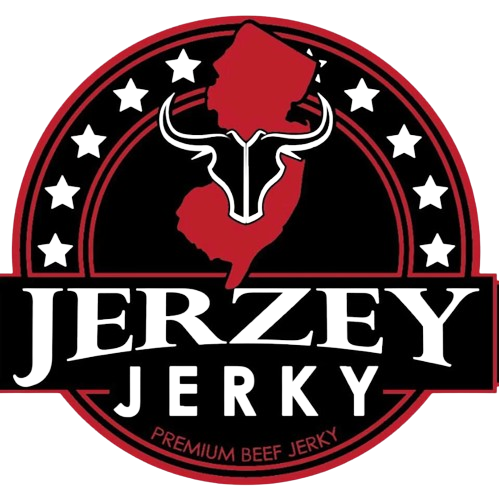
 2025-09-28
2025-09-28
 Wayne Holland
Wayne Holland

